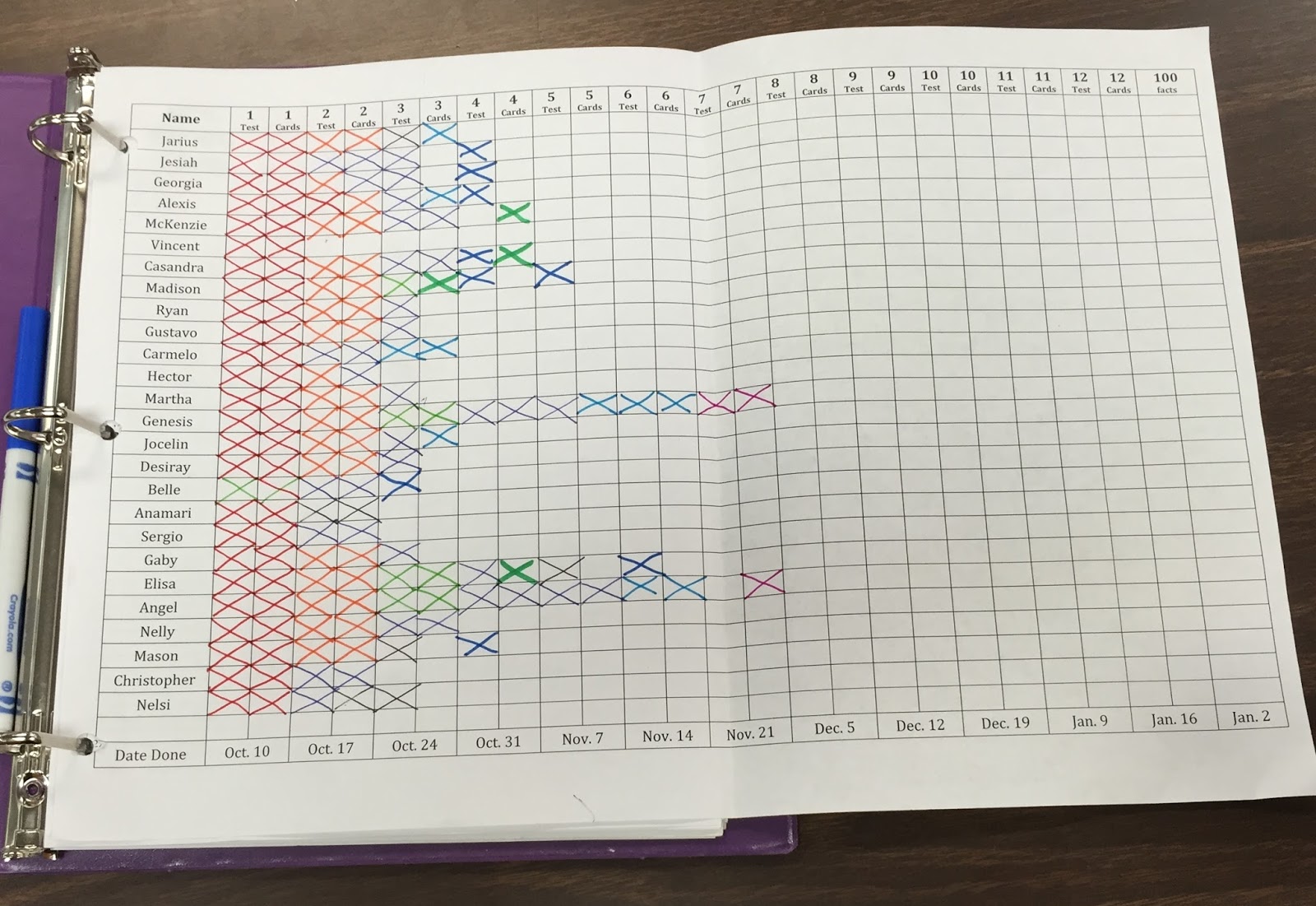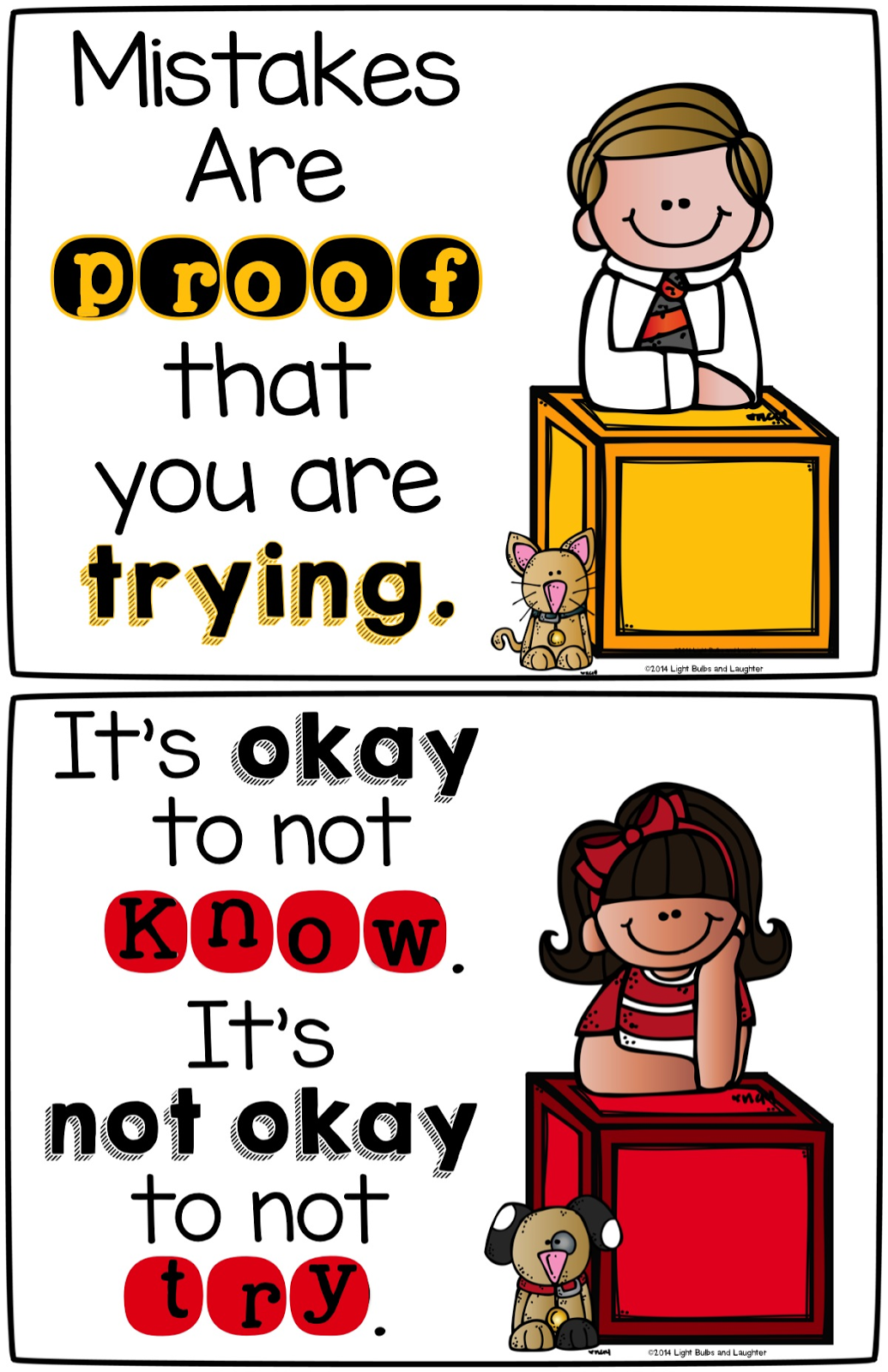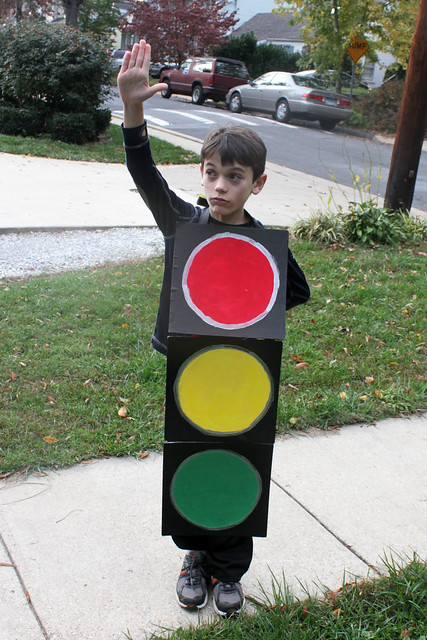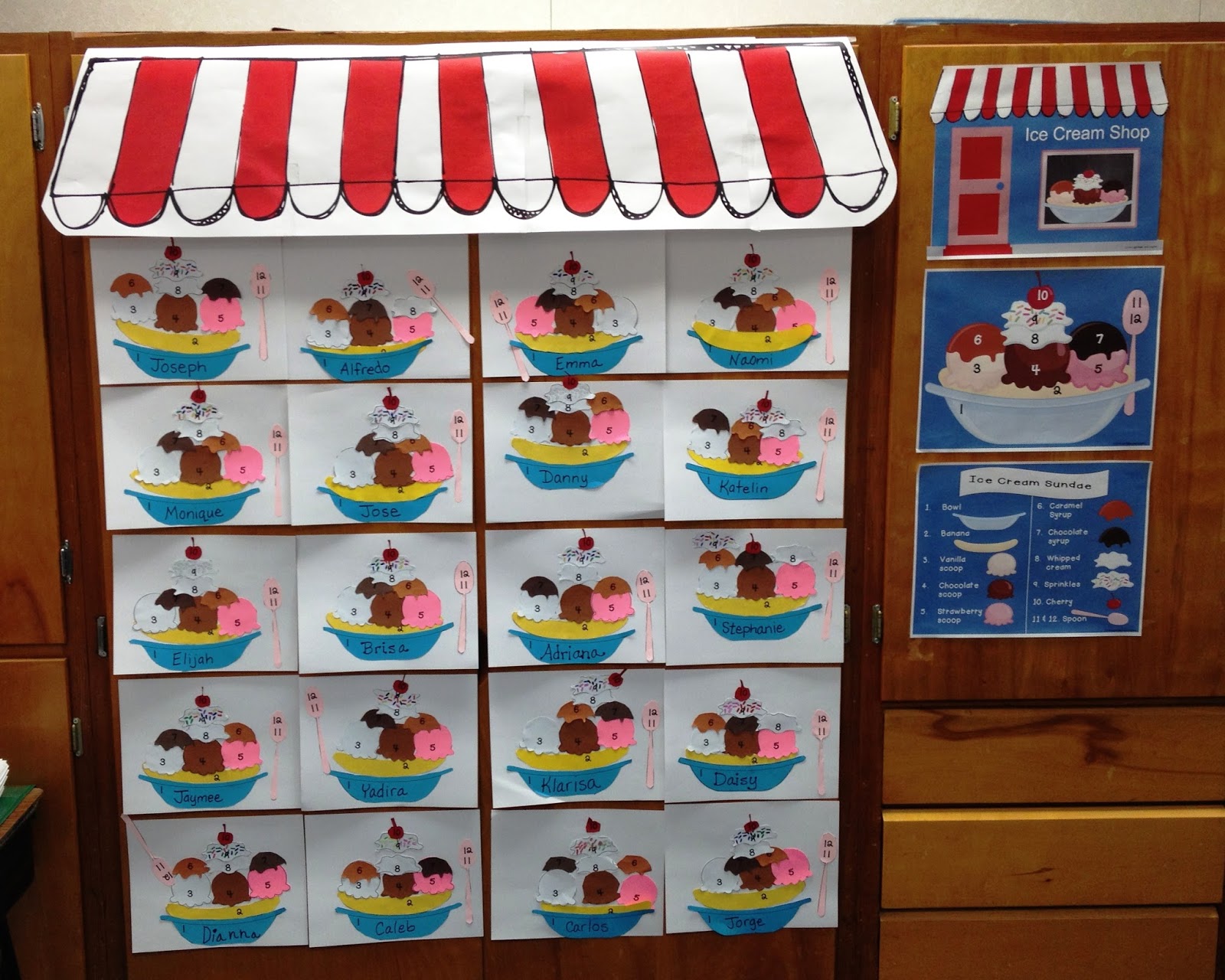I call it the multiplication train. It's silly, but it saves time, and keeps me organized. Here's how it works.

1. Put each of your assessments in a separate, labeled folder.
2. Print the answer key for each assessment, and tape it in the folder on the left side.

3. Put sticky notes on the front of each folder to write student names.
4. Now you are ready to assess. At first, you give every student the same page (for me, the zeros and ones).
5. Start a timer going up from zero, and have students write down the time it took them to complete the page. I use the online stopwatch HERE.
6. Stop the clock when you believe they have had enough time. I start with six minutes on these pages. Students who do not finish simply stop writing when you stop the clock.
7. Have a student pick up the papers and set them on top of the folders, ready to be graded.
I like to grade these myself at the beginning, to get a feel for how each student is doing. As students pass (which for me means that every answer is correct), cross their name off of the first folder sticky notes, and write it on the next one.
 Within two weeks, I will be handing out as many as ten different tests. Here is how I handle this. I show the results from the day before under my document camera, then call the names from the front of the first folder. Students must make a "train" as they come to the front of the room. This means that they come around one side of the room and I give them their paper when they quickly walk by. I then call the names from the second folder, and so on.
Within two weeks, I will be handing out as many as ten different tests. Here is how I handle this. I show the results from the day before under my document camera, then call the names from the front of the first folder. Students must make a "train" as they come to the front of the room. This means that they come around one side of the room and I give them their paper when they quickly walk by. I then call the names from the second folder, and so on.They go back to their desk, write their name, and turn the paper over when they are ready. No one is allowed to go backwards on the train tracks, or there will be a collision. Our goal is to do this as quickly and quietly as possible (Once, the superintendent walked in during this process and was quite impressed). A stray train choo-choo sound can be heard here and there, but they have to keep it quiet enough to hear their names called!
 Now when the student in charge picks up the papers, he or she will need to arrange them in order, to prep them for grading. To make the process more streamlined, I don't always grade the pages that are not completed.
Now when the student in charge picks up the papers, he or she will need to arrange them in order, to prep them for grading. To make the process more streamlined, I don't always grade the pages that are not completed.Once we get going, I look for other people who can grade these for me. If you have help of any kind in your classroom (Aide, older student, or parent), use them! If not, the best thing that you can do regarding grading is to make it a reward in your classroom. If you have students who are careful and trustworthy, you can have them grade the tests when they finish their other work. I have a table with bright colored markers set up for this purpose. After they are graded, it only takes a minute or two to change the names on the folders.
Then I make sure to keep track in a document in my grade book. In order to accommodate the tests and flash cards, I make this word document in ledger size (11x14) and keep it folded when not in use.
There you have it, my multiplication fact fluency train. This process should work with whatever fluency tests you are currently using. If you are interested in these specific products, you can find them in my Multiplication Memorization Tool Kit on Teachers Pay Teachers.
For the blog post explaining my whole memorization process, see Unlocking the "Secret Code" of Multiplication Memorization.
Happy Teaching,













































